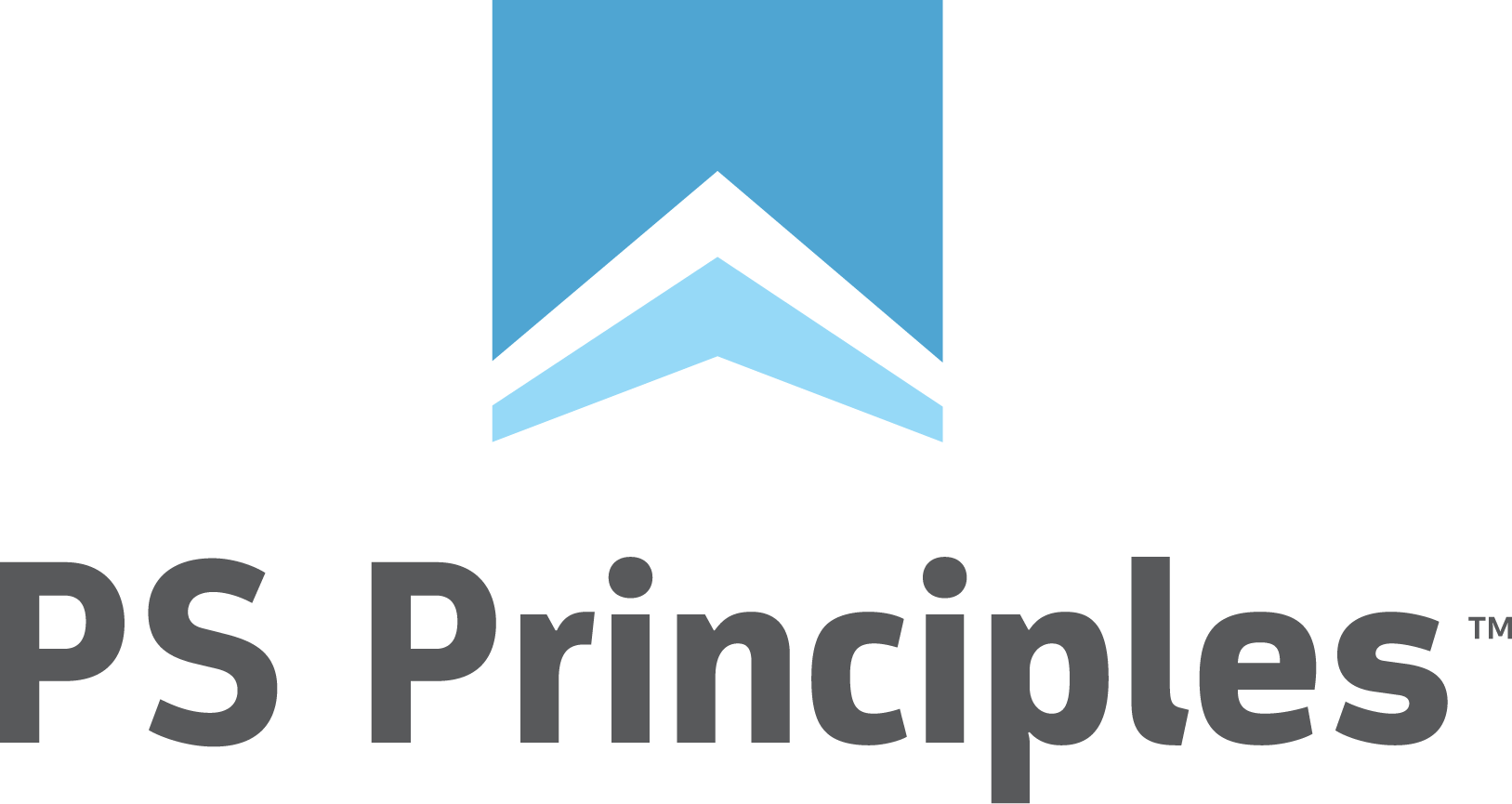Building a Consultant Acquisition Strategy: Part II
Shane Anastasi
Oct 30, 2018 9:00:00 AM

 Last week I posted Part I of this article and focused on the Consultant-Centric ideas relating to professional services culture. Here is Part II that takes many of the usual, best practice techniques, but details them in terms of professional services organizations.
Last week I posted Part I of this article and focused on the Consultant-Centric ideas relating to professional services culture. Here is Part II that takes many of the usual, best practice techniques, but details them in terms of professional services organizations.The Importance of Tracking Engagement
How? Ask two simple questions at every person’s one-on-one manager review.
“On a scale of 1-10, 1 being totally disengaged and 10 being totally engaged, how would you rate your engagement right now?”
After receiving the answer ask, “Why are you not one greater than the number you just gave?"
Track the answers in a system. You will learn a lot about each person and what you need to do to keep them engaged. When you help them achieve the answer to the second question, their engagement should go up or stay level. If you don’t then it is likely to go down.
Yes, people lie, but consultants engaged in wanting to stay at your company won’t and this should be the majority. If you have a better system in place, us it. But if you don’t, then you need to start caring about this level of detail. Don’t you want to know that Sheryl in Chicago just fell 3 points in 2 weeks because she doesn’t feel as though the company understands the true impact of the recent restructure? We should, because now is the time to talk to her about it. Not three weeks from now when she tenders her resignation.
I get so much push back from my clients on getting this implemented. I understand how hard it is to make the shift, it’s worth it. If you do this well, it becomes the life-blood of fostering an environment that people like to operate in. An environment that is simple and honest. Are we keeping you engaged? If not, what can we do? We can't always agree to do it, but at least we are making an informed decision and that's all I've ever asked for.
Build a Recognition Engine
Read the book, "Change the Culture, Change the Game" by By Roger Connors & Tom Smith. If you can get over the natural reluctance to forcefully kickstart a culture of focused recognition you will eventually see that it takes over as your most valuable culture tool. If you can further refine the behaviors that get recognized then you are starting to help your organization build an environment that reflects the values you are trying to achieve.
I was a non-believer. I was wrong. I was taught this lesson when a consultant followed me to another company and then walked to my desk on his first day and asked, “Where’s the recognition system?”
I asked, “Did you like that thing?”
He said, “Being able to read what others had accomplished, receive recognition for what I had achieved and be able to give others recognition was one of the reasons I loved coming to work every day.”
Since then, I’ve built it everywhere I’ve worked and it’s achieved the same thing each time. what people don't understand about a recognition engine is that it is the only conduit we have between our actions and how they can generate the culture we aspire to. But as I said, it doesn’t just start itself. You have to forcefully kickstart it. This can feel fake. It can feel forced. It is. But it’s a primer that gets an engine started that keeps your company focused on what it wants to be rather than distracted by all the reasons stopping it. At my last company, after about a year, we had more than 50% of the recognitions provided generated by the field-consultants themselves (not the management team). This meant that while our consultants were delivering their service they were evaluating themselves and their teammates against the bar of excellence that we had set ourselves. To me, that’s a great outcome.
Hire Well
We make decisions about who we will add to our team via a hiring process that provides information that is tainted and unclear no matter how hard we try. We go to great lengths to get clarity during that process, but we also accept that it is fraught with danger and that no amount of pre-testing, behavioral analysis or "magic question" is ever going to remove that danger.
For myself, I focus on two things when I’m hiring. Is the candidate a consultant or a developer? I want to know if this is a technical person who wants to build a product or a technical person who wants to work with customers. Both roles are frustrating at times and both require specific personal skills that are not as universally adapted as the technical skills they possess. Both can also be an asset on a customer-facing project, but in very different roles. The more I can hire consultants, the less my team is frustrated by the job itself and the more willing they are to focus on helping the customer achieve success. This was so important to me that I developed an assessment to help provide some clarity on the distinction prior to hiring. It’s not flawless, but it works.
The second thing that I look and measure for is something called internal locus of control. This is a person’s belief in how their destiny will be shaped. Will it be shaped by the individual and how hard he or she works? Or will it be shaped by the sales process, the difficulty of the solution required or the customer? All of the latter are outside of our control. If we let them get in our way then our projects will fail. Instead we want consultants who see the obstacle as a challenge. I can't tell you what a difference it makes to have a team dominated by internal locus of control. "Magical" might be an overstatement, but it's pretty close. As I'm sure you've guessed, my assessment attempts to measure this also.
Fire Well
I’d like to think that the team we have built is a family, but unfortunately it’s not. My family is my family and our business is a customer-facing service. Our customers won't stand for discord or disruption. We get one chance (one project) to impress our customer so an unpredictable loose canon isn't something to reform, it's something to remove.
Thankfully it is rare, but when we get hiring wrong, it’s just an unfortunate and unpleasant part of building a services-based business. Everybody deserves a chance to correct their behavior. Everyone makes mistakes. I’m not advocating knee jerk decisions. In fact, I'm advocating that before we do anything, we recognize that our hiring mistake caused this issue and it's ours to try and resolve. But at the same time, we must protect the team that is performing, I believe, rightly or not, that every disengaged negative person will create another negative team member in every 4 weeks if we don't take action.
In my last firm, we were about 80% effective in hiring the right people, but we were almost 100% effective in identifying who within the remaining 20% were willing to become a positive or neutral influence on our culture and who were not. I owe that success to the partners I worked with rather than myself. I’m not as good at this as I’d like to be. When it came to building a successful organization however, it was our ability to fire the right people at the right time that made the difference in how we executed in front of the customer and how the rest of the team felt while achieving it.
Overall, employee engagement is a complex and difficult think to do well. There are so many great thinkers in this area and so much that I’ve learned from them. I’ve learned the most, however, from simply spending time with consultants. Making it clear that our goal is to profit from the use of their time. Accepting this business model and then seeing where it leads has opened my eyes to many things.
